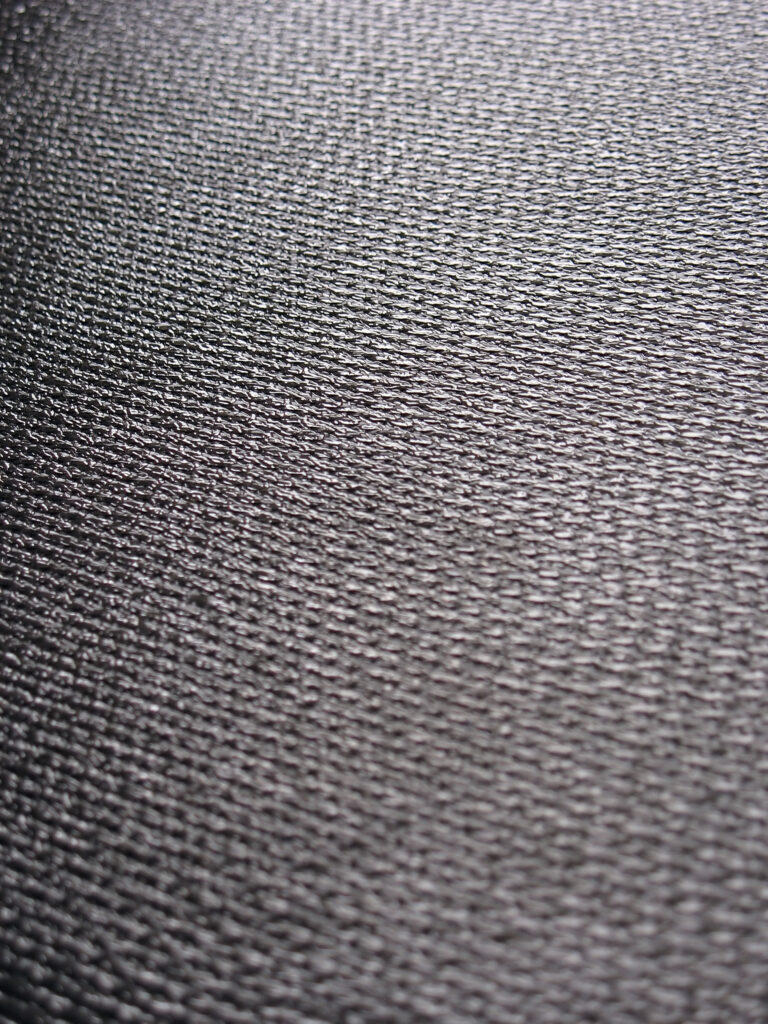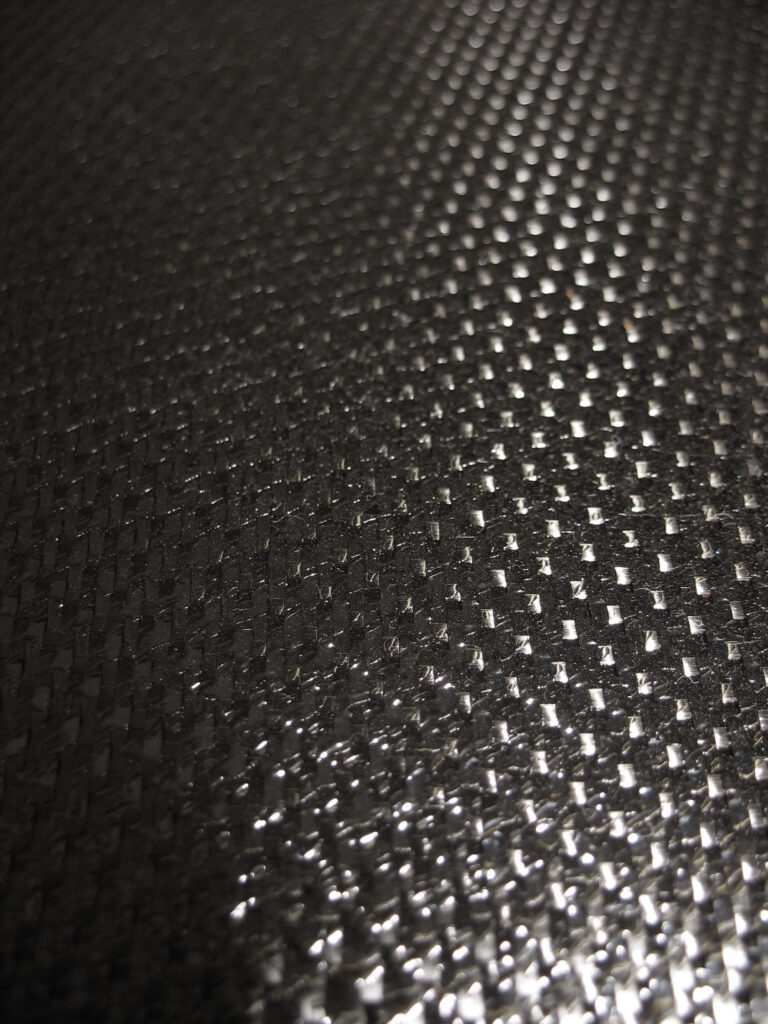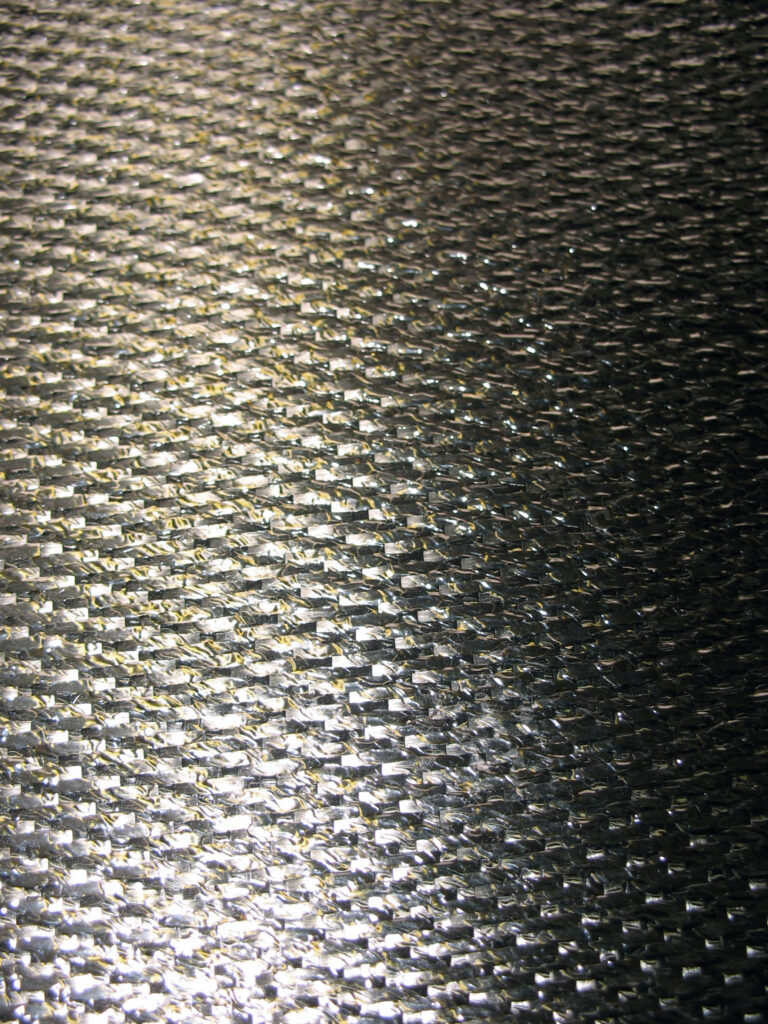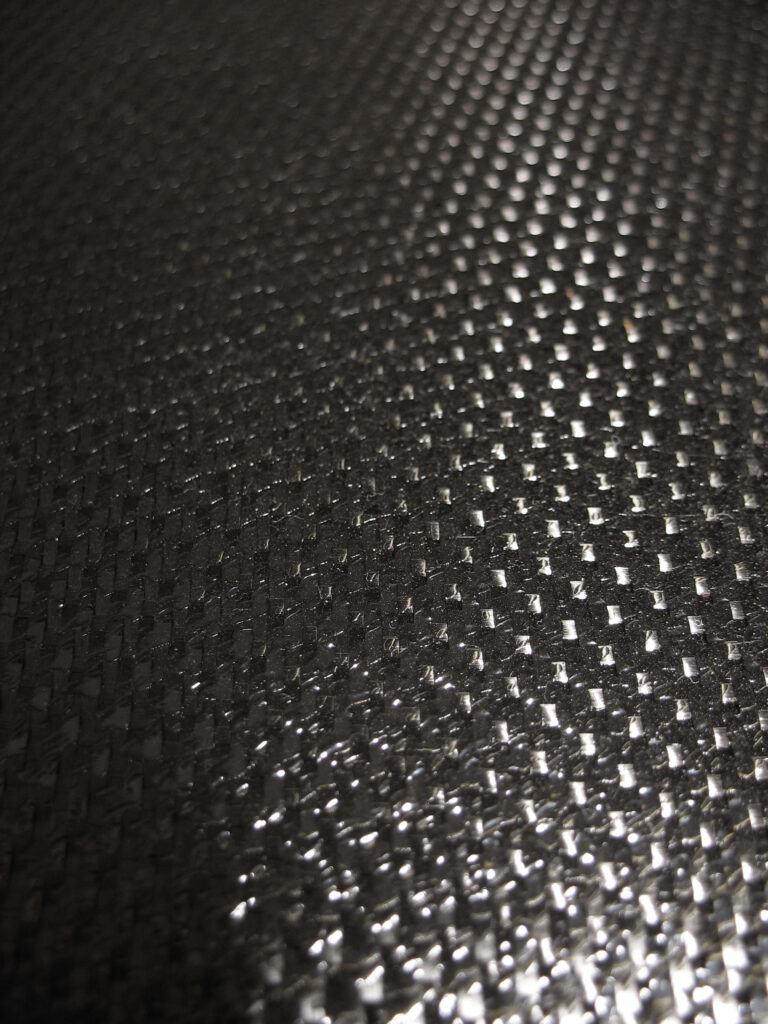How to Protect Your Family from the Dangers of Mold: Simple Steps for Improving Indoor Air Quality
Mold is a common problem in many homes, and it can have significant health effects on your family. In this article, we will discuss how mold affects your health, signs of exposure, long-term dangers, removing mold, preventing growth, and concluding with protecting your family from its dangers.
Introduction to Mold and Its Health Effects
Molds are fungi that grow in moist environments and thrive on organic materials such as wood, paper, or food. They produce spores that travel through the air and settle on surfaces where they can germinate and grow. Exposure to high levels of mold can cause adverse reactions ranging from allergies to respiratory problems. Some people may experience symptoms like sneezing, runny nose, red eyes, skin irritation, coughing, wheezing, fatigue, headaches, and difficulty breathing.
Signs of Mold Exposure and Associated Symptoms
The most visible sign of mold contamination is the appearance of discolored patches or stains on walls, ceilings, floors, carpets, or furniture. However, not all mold is visible, and you might be exposed without knowing it. If you notice musty odors, increased humidity, condensation, water leaks, or damaged building materials, there’s a chance that mold could be present. People who spend time in mold-infested areas may develop chronic inflammation, immune system suppression, neurological damage, and even cancer. Infants, children, elderly adults, and individuals with compromised immune systems are particularly vulnerable to the negative impacts of mold exposure.
The Dangers of Long-Term Exposure to Mold
Long-term exposure to mold can lead to severe health complications such as asthma, bronchitis, pneumonia, sinusitis, and other respiratory diseases. It can also trigger allergic reactions, hypersensitivity pneumonitis (a lung disease), and toxic mold syndrome (an acute response to high levels of mycotoxins). Mycotoxins are chemicals produced by some types of mold that can cause liver damage, nervous system disorders, and cancer. Chronic exposure to mold can also exacerbate existing conditions like allergy, autoimmune diseases, and mental health issues.
How to Identify and Remove Mold in Your Home
If you suspect mold contamination in your home, start by identifying the source of moisture. Check for leaky pipes, roofs, windows, or foundations. Fix any plumbing or structural defects immediately to prevent further mold growth. Use a hygrometer to measure indoor humidity levels and keep them below 60%. You should also inspect every corner of your house for visible signs of mold and take samples if necessary. Professionals can analyze these samples to determine the type and extent of mold infestation. Once identified, remove the affected materials promptly, including drywall, insulation, carpeting, and furniture. Clean the remaining surfaces thoroughly using a mixture of bleach and water (1 cup per gallon) or an EPA-registered antimicrobial product. Finally, ventilate the area well during and after cleanup to reduce the risk of exposure.
Preventing Mold Growth in Your Home
To prevent future mold outbreaks, control excessive moisture by improving ventilation, fixing leaks, and dehumidifying rooms. Keep your home clean and dust-free, especially in areas prone to moisture buildup like bathrooms, kitchens, and basements. Regularly check appliances and equipment for leaks or malfunctions that could contribute to mold growth. Also, consider installing a whole-house filtration system to improve indoor air quality and reduce the amount of mold spores circulating throughout your home.
Conclusion: Protecting Your Family from the Dangers of Mold
Exposure to mold can pose serious risks to your health and wellbeing. By taking simple steps to identify, remove, and prevent mold growth in your home, you can safeguard yourself and your loved ones against its harmful effects. Remember to stay vigilant, monitor indoor air quality regularly, and seek professional help if needed.





